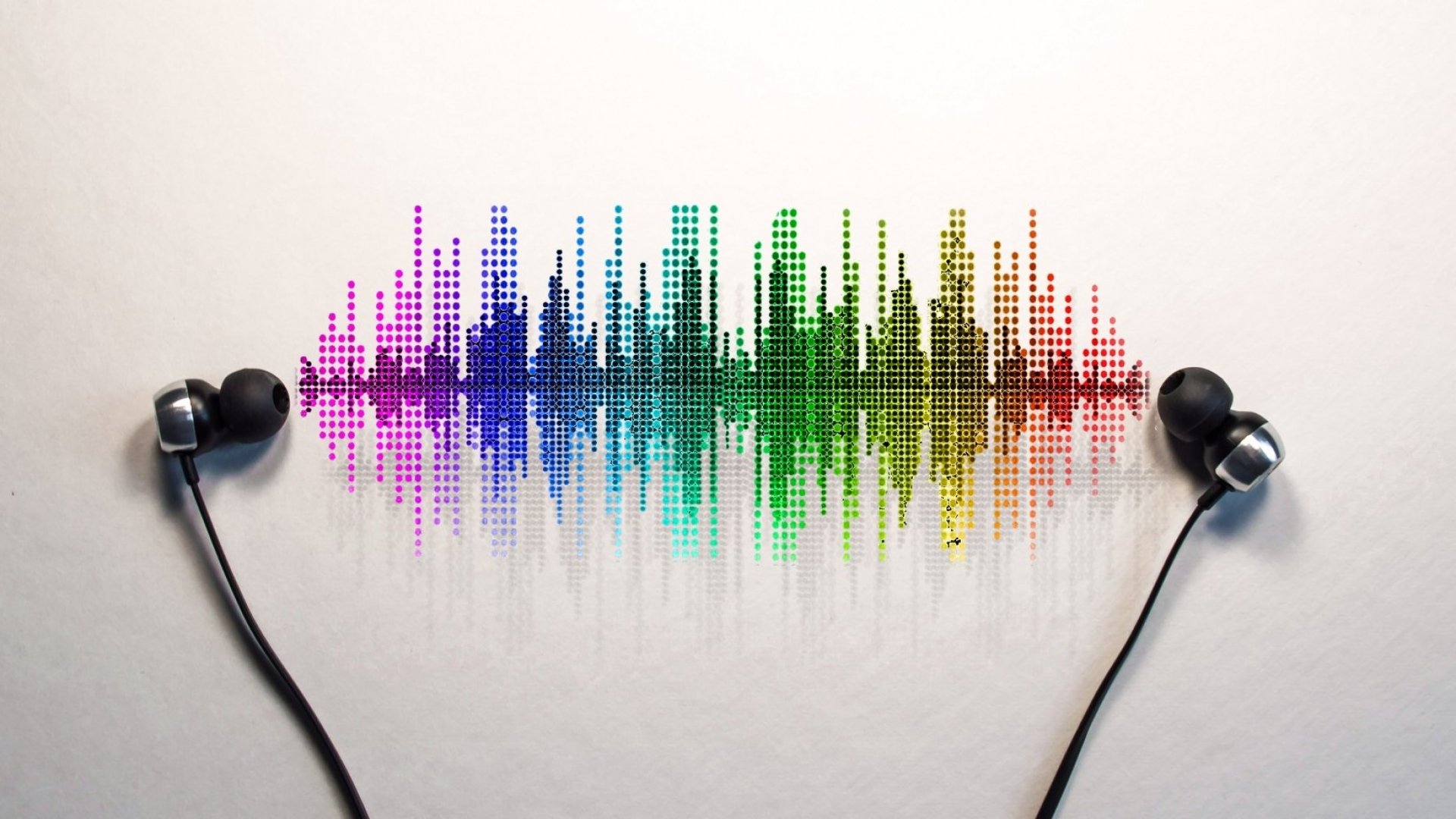DOOH became one of the fastest-growing media sectors in the world in 2022, with the rise of programmatic DOOH helping to drive interest and investment in the space. According to recent research, 94% of media professionals plan to increase their investment in the channel in the next 18 months, and nearly one-fifth (20%) plan to significantly increase their investment by doubling it.
DOOH, which stands for digital out-of-home, is an innovative form of media known as outdoor or out-of-home (OOH) advertising. Unlike online and other device-based digital marketing, DOOH media is found on billboards, LED screens, and digital signage placed in high-traffic public spaces people already frequent outside of their homes. It allows brands to seamlessly connect with consumers as they go about their daily lives, delivering contextually relevant content to targeted audiences at scale.
Out-of-home (OOH) advertising is media found in public spaces outside of the home. In the past, OOH was synonymous with the huge splashy billboards you’d see by the sides of interstate highways—high-impact static imagery perfect for spreading awareness to a large audience for a relatively low cost-per-impression. But as the rest of the world underwent digitization in the past few years, so did OOH messaging and media.
Digital out-of-home (DOOH) advertising, or DOOH media, is outdoor advertising 2.0. Dynamic, data-driven, and capable of delivering measurable impact and proven results, DOOH refers to any digital media that appears in environments accessible to the public. This includes digital billboards and outdoor signage, as well as digital signage networks found at retail stores, inside elevators, or connected to public EV charging stations.
Because it’s such a broad category, you can find examples of DOOH pretty much everywhere – from large-scale, multi-screen takeovers in Times Square to digital menu boards in fast-casual restaurants.
OOH is one of the oldest forms of advertising. But despite this channel’s legacy and all of its acknowledged benefits, traditional OOH has historically had an achilles heel: the difficulty of reliably measuring and proving its impact. As brand marketers and advertisers made the move en masse to online digital advertising, with its granular (re)targeting and attribution capabilities and data-backed reporting, their expectations for advertising channels evolved—and the exciting new world of digital OOH has risen to answer the call.
Advancements in digital signage screen tech and OOH ad-serving software have made former blockers – such as imprecise audience targeting, a lack of campaign measurement tools, and the amount of time required to launch or make changes to a campaign – things of the past. In addition to enhancing the visual capabilities of static adverts through sound and movement, today’s DOOH setups deliver full-funnel activation and measurement, enabling brands to reach their target audiences in context and at scale.
Notable capabilities of digital OOH include:
DOOH has spread beyond the simple one-way broadcasting of information. Today, the focus is increasingly on interactivity and engagement as well as interoperability of devices and integration of content platforms for an omnichannel approach: using multiple types of screens, from desktop computers to video walls to cell phones, together to tell a unified, customer-centric story.


About Us
Services
Blog
Contact Us